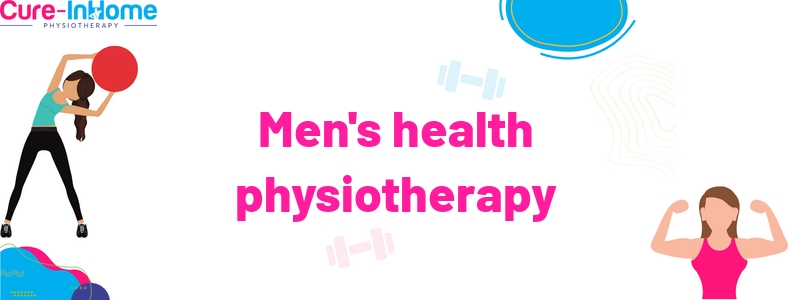
Men’s Health Physiotherapy
Men’s Health Physiotherapy
Men’s health physiotherapy is a specialized field of physiotherapy that aims to improve the physical health and well-being of men. It combines therapeutic techniques, exercises, lifestyle advice, education and counselingto help men prevent and manage common issues related to their overall health. Issues like musculoskeletal pain, stress-related disorders, sports injuries, chronic disease management, incontinence problems, pelvic floor dysfunctions and even male fertility can all be successfully addressed with the right physio treatment plan.
It is important for men of all ages to actively seek professional help if they experience any type of discomfort or pain in their body or have any issue that could negatively impinge on their health. Physiotherapists are exceptionally trained medical professionals who will assess each patient’s individual needs and produce a tailored program that will target their specific problems. Through extensive use of stretching and fortifying exercises the practitioner can work towards restoring range of motion in joints and muscles along with improving posture. This tends to result in improved mobility, reduced pain levels and an overall increase in well-being.
Men’s health physiotherapy also helps patients understand how lifestyle choices like diet and exercise impinge on their overall health. By educating them on healthier habits they can take steps towards better self-care while focusing on prevention rather than greater problems down the line. With a combination of regular physio sessions and tailored advice the therapist can make sure each man gets back on the path towards living his best life possible!
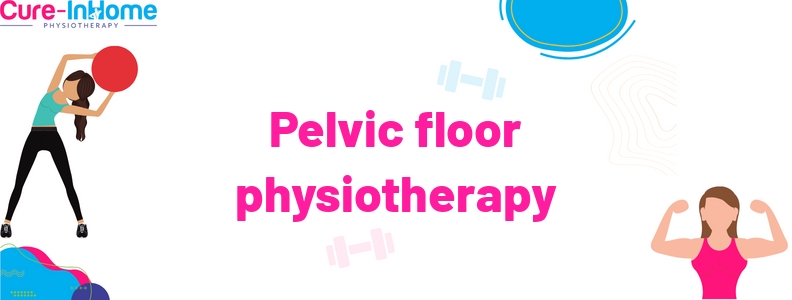
Pelvic Floor Physiotherapy
Pelvic floor physiotherapy is a critical area of men’s health. The pelvic floor muscles are crucial for urinary continence, healthy sexual functioning, and stability of the lower back and pelvis. Pelvic floor physiotherapy is a form of physical therapy that helps toughen, relax, and lengthen the muscles in this critical area. This kind of therapy helps men with issues like urinary incontinence, erectile dysfunction, recurrent urinary tract infections, chronic pain in the low back or groin locations, prostate issues, difficulties achieving or maintaining erection, and ejaculatory dysfunction.
The goal of pelvic floor physiotherapy is to help men regain control over their pelvic muscles by fortifying them and improving coordination. Treatment may involve electrical stimulation, biofeedback techniques and manual therapy techniques like myofascial release or trigger-point release. Additionally, regarding these physical modalities, education on appropriate breathing mechanics can help improve gross motor control on all of the system along with relaxation strategies to help reduce tension throughtout the duration of the body.
When performing these exercises correctly under trained guidance from a qualified therapist, significant improvements in symptoms can definitely be achieved in the short term. Examples might include improved bladder control for incontinence sufferers or improved sexual function for those having difficulty achieving an erection or maintaining one during intercourse. Ultimately you should seek out a astute professional to guide your treatment plan so you feel comfortable with the process from start to finish!
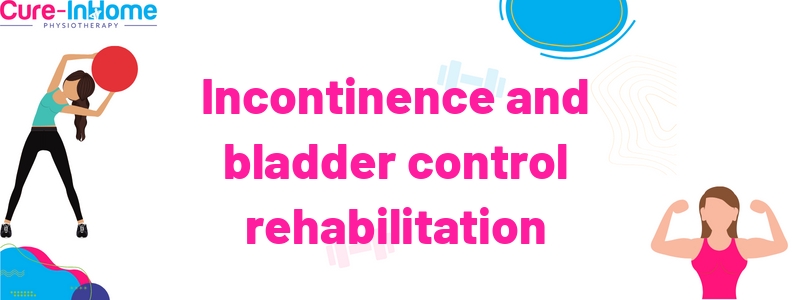
Incontinence And Bladder Control Rehabilitation
Incontinence and bladder control rehabilitation are important parts of men’s health physiotherapy. This kind of therapy helps improve the quality of life for men who have experienced incontinence or other bladder control issues as a result of aging, lifestyle, medical conditions like stroke or prostate issues.
The primary goal of this kind of physical therapy is to regain muscle control and strength in the pelvic floor muscles by fortifying these areas along with improving coordination. Pelvic floor exercises are especially useful for men experiencing stress incontinence, which is when one experiences leaks with any form of forced abdominal contraction like laughing or coughing. This tends to help increase the patient’s ability to hold urine in their bladder and diminish the require for frequent bathroom visits.
Physiotherapy can also be used to restore mobility and balance through improved postural control, coordination and body awareness. Balance exercises are a optimal way to improve stability while reducing the risk of falls, which usually may cause further damage to an area that may already be weakened as a result of injury or illness.
Ultimately, incontinence and bladder control rehabilitation through physiotherapy aims to alleviate symptoms, restore function and maintain independence in daily activities by providing helpful strategies that may not only be beneficial but enjoyable too!
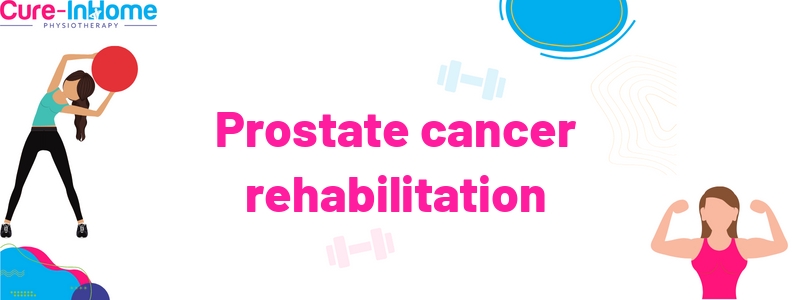
Prostate Cancer Rehabilitation
Prostate cancer rehabilitation is a specialized form of men’s health physiotherapy that focuses on rehabilitation following prostate cancer treatments. Treatment options can range from radical prostatectomy to radiotherapy, and men may experience side effects like urinary leakage, changes in sexual function, erectile dysfunction, or pelvic pain.
The primary goal of prostate cancer rehabilitation is to help patients regain their quality of life through optimizing physical activities and reducing the psycho-social impacts of the disease. Physiotherapists employ evidence-based strategies to achieve these goals. These types of include: personalized exercises tailored to each patient’s needs; education regarding healthy lifestyle choices; treatments for bladder control; strategies for managing fatigue; and psychological interventions.
Other components of prostate cancer rehabilitation include pelvic floor muscle training, electrical stimulation, manual therapy for pain relief, lifestyle modifications and relaxation techniques. All forms of physiotherapy should be tailored specifically to each individual’s unique needs and abilities.
Prostate cancer rehabilitation can help reduce symptoms associated with treatment and improve physical activity levels and overall quality of life in impinge oned individuals. An experienced physiotherapist can provide the expertise necessary to maximize recovery potential following a prostate cancer diagnosis.
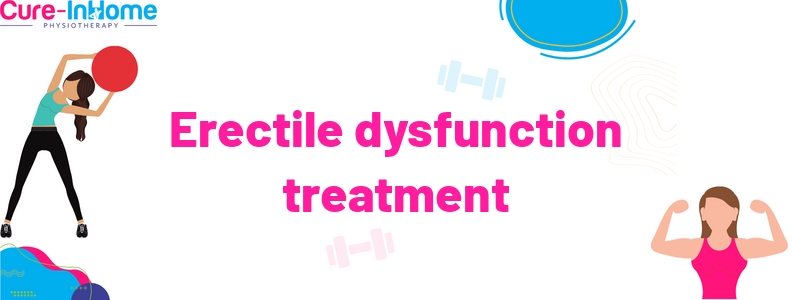
Erectile Dysfunction Treatment
Erectile dysfunction is a complex condition that is often misunderstood and necessitates specialised treatment. Physiotherapy can help treat erectile dysfunction (ED) by addressing the underlying causes, both physical and psychological. Some of the treatments may include pelvic floor retraining, nerve stimulation, joint mobilisation or manipulation, and myofascial release. These types of treatments target weak muscles in the pelvis which are believed to be contributing factors to ED.
Pelvic floor retraining involves exercises that are tailored to individual needs to target areas around the hips, abdomen and lower back along with fortifying of key muscles in the pelvic area. Nerve stimulation works by stimulating blood flow to the penis which helps sexual performance. Joint mobilisation/manipulation works by releasing tension in joints which usually may improve stiffness, mobility and circulation throughtout the duration of the body; this often relieves pain as well. Meanwhile myofascial release focuses on activating and lengthening muscles associated with sexual function like those found in the inner thigh and abdominal wall.
Overall, physiotherapy has proven to be an practical treatment for erectile dysfunction when undertaken regularly over a period of time with a qualified therapist who understands all aspects of your condition. It’s recommended you keep in mind that it takes commitment from both parties during each treatment session in order to maximize chances of achieving desired results.
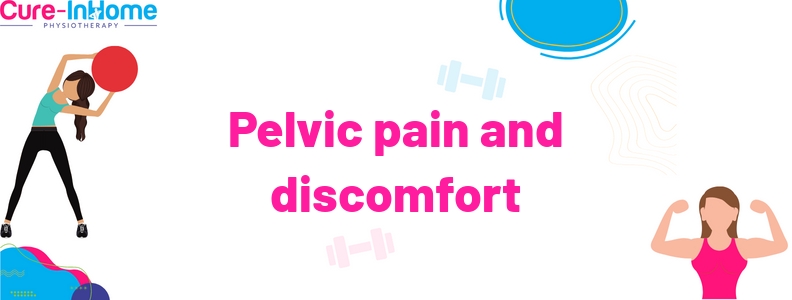
Pelvic Pain And Discomfort
Pelvic pain and discomfort is an issue that impinge ons many men but thankfully it can more often than not be eased with a combination of physiotherapy treatments. Pelvic pain is complex, so having a comprehensive assessment from an experienced physiotherapist who specialises in men’s pelvic health can make all the difference. Physiotherapy treatment typically includes manual therapy, like muscle energy techniques and soft tissue massage to help restore appropriate motion and muscle relaxation to the pelvic floor muscles. Additional techniques like ultrasound or electrical stimulation may also be utilised to provide relief of discomfort associated with the tension and spasm of these muscles. Education on posture, core strength training and lifestyle strategies can help prevent future recurrences of the condition. Alas, advice may be given for appropriate exercises to improve flexibility, stability, balance and coordination in order to reduce chances of injury reoccurrence. With appropriate treatment from a trained physiotherapist specialising in men’s health, individuals suffering from pelvic pain or discomfort can find relief and return to their desired level of activity.

Conclusion
In conclusion, men’s health physiotherapy is an of most importance service for any man who wants to improve their physical health and build strength. Not only can it help with sports-specific training and injury prevention but it can also result in improved body mechanics and increased physical activity. With the right exercises, men can reduce the risk of long-term health problems and live a healthier lifestyle. Moreover, seeing a professional physiotherapist can ensure an exercise program will be tailored specifically to an individual’s needs. Regardless if you’re recovering from an injury or simply want to maintain your overall wellbeing, men’s health physiotherapy can definitely be highly beneficial.
